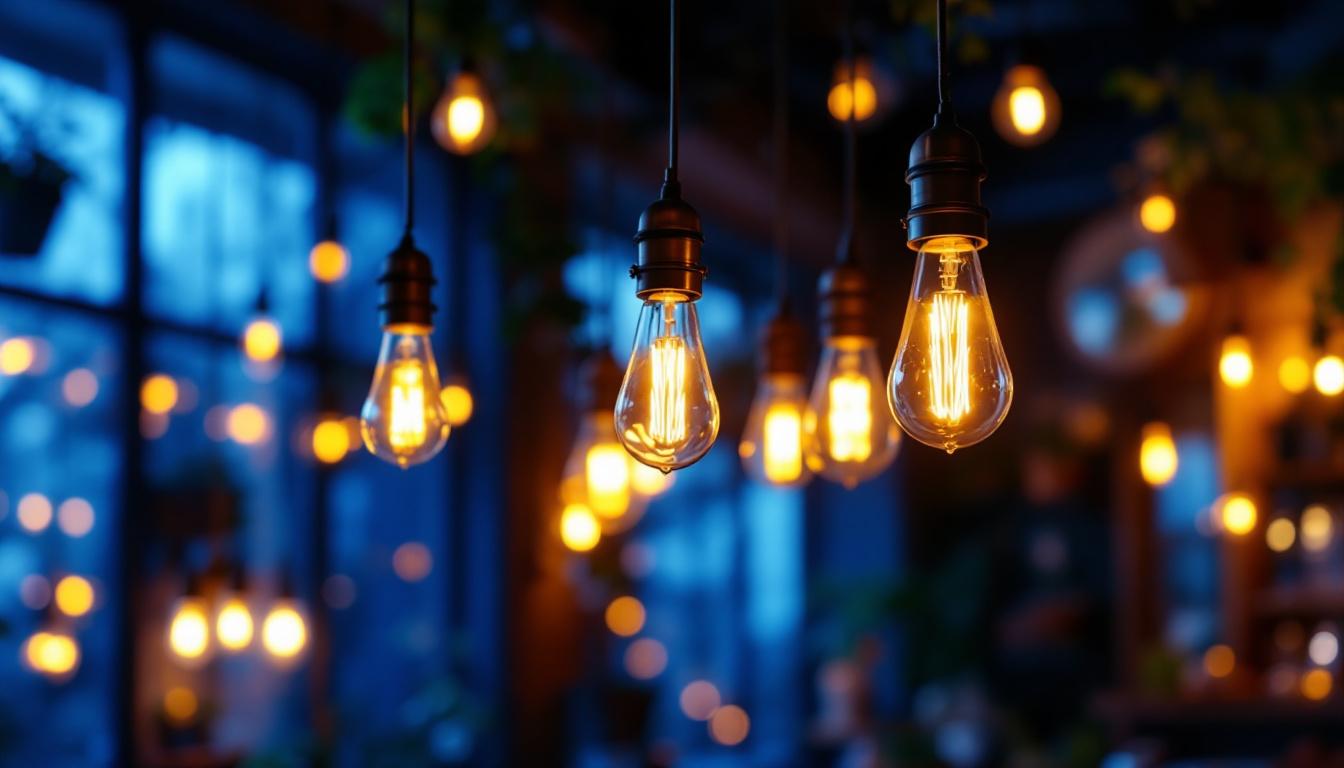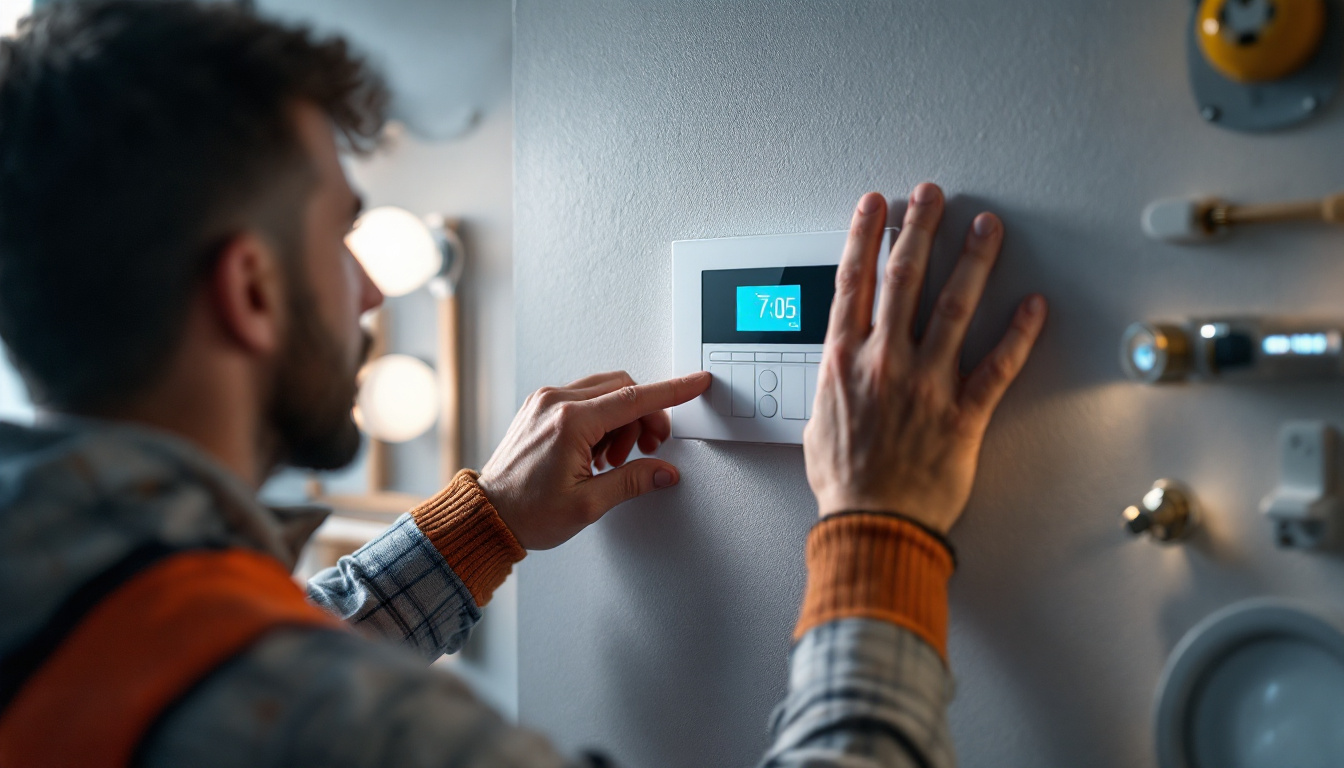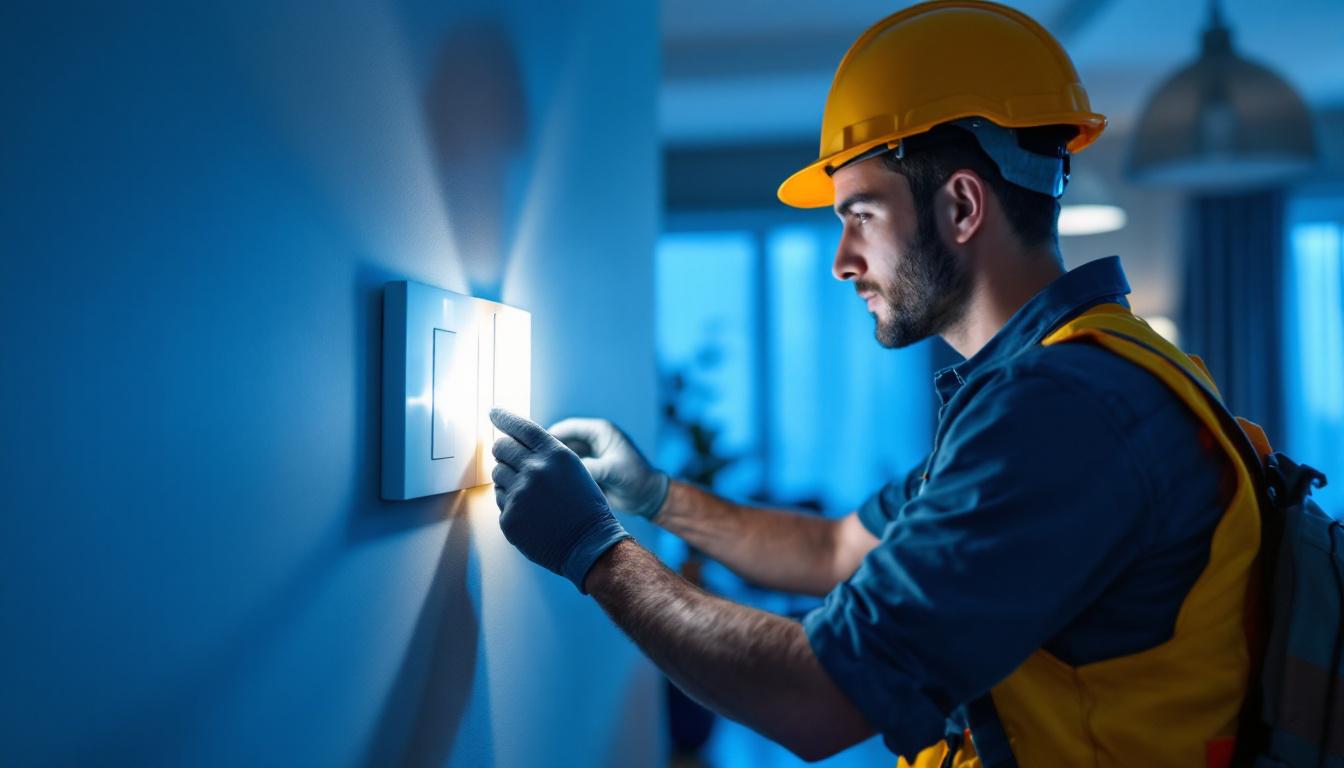
Gas lighting has seen a resurgence in popularity, particularly in residential and commercial settings where ambiance and historical aesthetics are valued. However, for lighting contractors, working with gas lights can raise a number of questions. This article aims to address some of the most common inquiries that lighting contractors encounter when dealing with indoor gas lighting installations.
Gas lighting, which uses natural gas or propane to produce light, offers a unique charm that electric lighting often cannot replicate. The warm glow and flickering flame create an inviting atmosphere, making gas lights an attractive option for various settings, from cozy homes to upscale restaurants.
Gas lights operate by burning gas to produce light. The gas is delivered through a network of pipes and ignited at the fixture. Unlike electric lights, which rely on bulbs and circuitry, gas lights use a flame to create illumination. This method not only provides light but also adds a distinct character to a space.
One of the primary benefits of gas lighting is its aesthetic appeal. The soft, warm glow of gas flames can enhance the ambiance of any room, making it feel more inviting. Additionally, gas lights are often more energy-efficient than traditional electric lights, especially when considering the longevity of gas fixtures.
Moreover, gas lights can be a reliable source of illumination during power outages, providing peace of mind for homeowners and businesses alike. The ability to control the flame height also allows for customizable lighting levels, which can be adjusted to suit different moods or occasions.
When it comes to installing gas lights indoors, there are several important factors to consider. Proper installation is crucial for safety and functionality, and lighting contractors must be well-versed in the specific requirements associated with gas lighting systems.
Safety is paramount when working with gas lighting. Contractors must adhere to local building codes and regulations, which often dictate the installation process, materials used, and ventilation requirements. It is essential to ensure that all gas lines are properly sealed and that there is adequate ventilation to prevent the buildup of harmful gases.
Additionally, contractors should be familiar with the specific safety standards set forth by organizations such as the National Fire Protection Association (NFPA) and the American National Standards Institute (ANSI). These guidelines help ensure that gas lighting installations are safe for occupants and compliant with legal standards.
To install gas lights, contractors will need a variety of tools and materials. Basic tools include pipe wrenches, adjustable wrenches, and screwdrivers. Additionally, specialized tools such as gas leak detectors and pressure gauges may be necessary to ensure a safe and effective installation.
Materials typically required for gas light installations include gas piping, fittings, valves, and the gas fixtures themselves. It is crucial to use high-quality materials that meet safety standards to prevent leaks and ensure the longevity of the installation.
The placement of gas lights can significantly impact both functionality and aesthetics. When determining the best location, contractors should consider factors such as the room’s layout, existing electrical fixtures, and the desired ambiance. Gas lights can be installed in various locations, including walls, ceilings, and even as standalone fixtures.
It is also essential to consider the proximity to gas lines and the availability of proper ventilation. Ensuring that gas lights are installed in well-ventilated areas will help mitigate any risks associated with gas buildup, enhancing safety for occupants.
Like any lighting system, gas lights require regular maintenance to ensure optimal performance and safety. Contractors should be prepared to address common maintenance issues and provide guidance to clients on how to care for their gas lighting systems.
Regular maintenance for gas lights includes checking for gas leaks, cleaning the fixtures, and inspecting the gas lines for wear and tear. Contractors should advise clients to perform routine checks to ensure that all components are functioning correctly and that there are no signs of damage or leaks.
Cleaning the fixtures is also essential, as dust and soot can accumulate over time, affecting the light output and overall appearance. Using a soft cloth and appropriate cleaning solutions can help maintain the aesthetic appeal of gas lights.
Contractors may encounter several common issues when working with gas lights, such as flickering flames, difficulty igniting, or uneven light output. To troubleshoot these problems, it is important to first check the gas supply and ensure that there are no blockages in the gas lines.
If the flame is flickering, it may be due to drafts or improper placement of the fixture. Adjusting the location or adding barriers to block drafts can often resolve this issue. For lights that are difficult to ignite, contractors should inspect the igniter and ensure that it is functioning properly.
Selecting the appropriate gas fixtures is crucial for achieving the desired look and functionality in a space. With a wide variety of styles and designs available, contractors must consider both aesthetic and practical aspects when recommending fixtures to clients.
Gas fixtures come in a diverse range of styles, from traditional to contemporary designs. Popular options include wall sconces, chandeliers, and pendant lights, each offering unique characteristics that can enhance the overall decor of a room.
Contractors should consider the architectural style of the space when recommending fixtures. For example, vintage-style gas lights may be more suitable for a historic home, while sleek, modern designs might complement a contemporary setting.
When selecting gas fixtures, it is essential to ensure compatibility with existing gas lines and systems. Contractors should verify the gas pressure and flow rate to ensure that the new fixtures will operate efficiently. This may involve consulting with gas suppliers or conducting pressure tests to confirm that the system can support additional fixtures.
Additionally, it is important to consider the BTU (British Thermal Unit) rating of the fixtures, as this will affect the overall performance and safety of the gas lighting system. Ensuring that the selected fixtures align with the specifications of the existing gas system will help prevent operational issues down the line.
Lighting contractors often face questions and concerns from clients regarding gas lighting. Addressing these inquiries effectively can help build trust and confidence in the contractor’s expertise.
Clients may express concerns about the environmental impact of gas lighting compared to electric lighting. While gas lighting does produce carbon emissions, it is often considered more environmentally friendly than traditional electric lighting, particularly when powered by renewable natural gas sources.
Contractors can educate clients about the benefits of gas lighting, including its energy efficiency and the potential for reduced carbon footprints when using cleaner gas sources. Highlighting the longevity of gas fixtures can also help demonstrate their sustainability compared to disposable electric bulbs.
Safety is a top priority for clients when considering gas lighting. Contractors should reassure clients by explaining the safety measures taken during installation, such as adhering to local codes and conducting thorough inspections of gas lines and fixtures.
Providing clients with information on proper usage and maintenance can also alleviate concerns. Educating them about the importance of regular checks and the signs of potential issues can empower clients to take an active role in ensuring the safety of their gas lighting systems.
The lighting industry is continually evolving, and gas lighting is no exception. Emerging trends are shaping the future of gas lighting, presenting new opportunities for contractors and clients alike.
As technology advances, the integration of smart features into gas lighting systems is becoming increasingly popular. Smart gas lights can be controlled remotely, allowing users to adjust brightness and flame height through mobile applications or smart home systems.
This trend not only enhances convenience but also allows for greater customization of lighting environments. Contractors should stay informed about these technological advancements to offer clients the latest innovations in gas lighting.
With growing awareness of environmental issues, there is a heightened emphasis on sustainability within the lighting industry. Gas lighting, particularly when powered by renewable resources, aligns with this trend and offers a compelling option for eco-conscious clients.
Contractors can capitalize on this trend by promoting the sustainability benefits of gas lighting and educating clients on how to choose eco-friendly options. This approach can help attract a broader client base and position contractors as leaders in sustainable lighting solutions.
Gas lighting offers a unique blend of charm, efficiency, and reliability, making it an appealing choice for both residential and commercial spaces. Lighting contractors play a vital role in ensuring that gas lighting installations are safe, effective, and aesthetically pleasing. By addressing common questions and concerns, staying informed about industry trends, and prioritizing safety, contractors can successfully navigate the complexities of gas lighting and provide exceptional service to their clients.
As the demand for gas lighting continues to grow, contractors who are well-versed in the intricacies of installation, maintenance, and client education will be well-positioned to thrive in this evolving market.
Ready to elevate your gas lighting installations with the perfect blend of charm and efficiency? Look no further than LumenWholesale for all your lighting needs. We provide contractors with spec-grade, top-quality gas lighting products at unbeatable wholesale prices. Our extensive selection ensures you have access to the best in the industry, meeting the highest standards for your residential and commercial projects. Plus, with free shipping on bulk orders, you can stock up on premium lighting solutions without the worry of hidden fees. Don’t compromise on quality or value—choose LumenWholesale for Wholesale Lighting at the Best Value and make your next project shine.

Discover how motion detection sensor switches can revolutionize the business for lighting contractors.

Discover the pivotal role of time switches in modern lighting solutions for contractors.

Unlock the secrets of 4 ft fluorescent light fixtures with our comprehensive guide tailored for lighting contractors.

Discover how light motion switches are revolutionizing the work of lighting contractors by enhancing efficiency and simplifying installations.